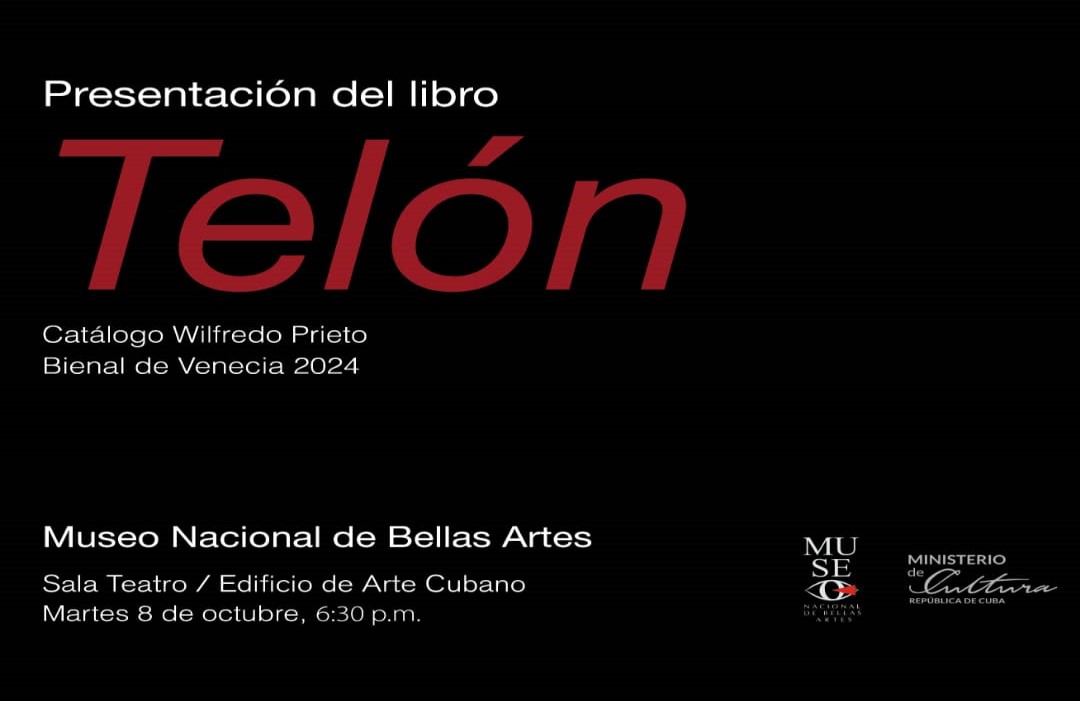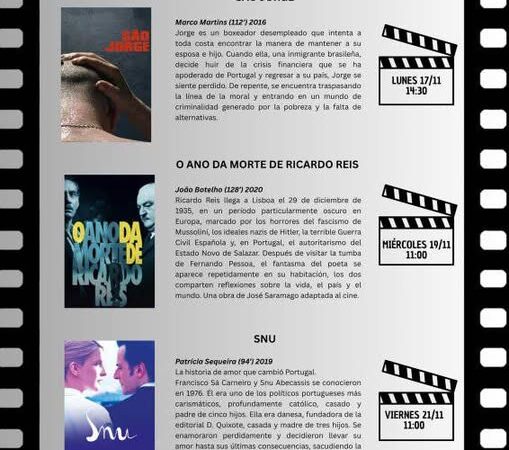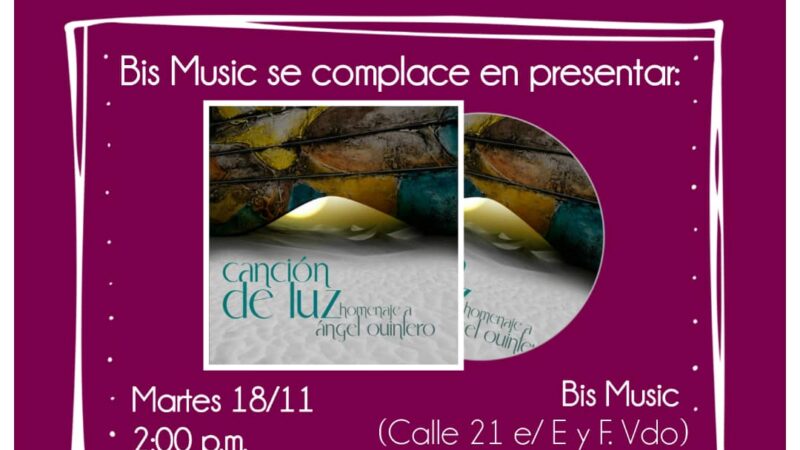The artist Wilfredo Prieto presents a catalog at the Venice Biennale

The National Museum of Fine Arts of Cuba will present the catalogue that accompanied visual artist Wilfredo Prieto at the 60th International Exhibition of the Venice Biennial on Tuesday, October 8, at the Theater Hall of the Cuban Art Building. The catalogue showcases Prieto’s installation work, Piedra iluminada / piedra no iluminada.
The catalogue is a simple yet elegant design with plenty of pages. It also includes over 50 images of installations created by Wilfredo Prieto between 1999 and the present, according to the museum’s press release.
The pages of the catalogue, in English and Spanish, published by Maretti Editore, include Una conversación entre Wifredo Prieto y Jorge Fernández, director of the institution. Fernández engages in a thought-provoking dialogue with the renowned artist, exploring his creative interests from his student years at the University of the Arts of Cuba (ISA) onwards.
Wilfredo Prieto (Trinidad, Sancti Spíritus, 1978) studied at the Professional School of Plastic Arts in his hometown and at the University of the Arts of Cuba from 1998 to 2002. Fecundo marks this stage in his work by integrating the artists’ collective Galería DUPP (Desde Una Pragmática Pedagógica), with whom he received the UNESCO Prize for the Promotion of the Arts in 2000.
He has participated in artist residencies at Headlands, San Francisco, USA (2015); Gasworks, London, UK (2008); Le Grand Café, Saint-Nazaire, France (2007); the John Simon Guggenheim Foundation, New York, USA (2006); and the Kadist Art Foundation, Paris, France (2005).
Wilfredo Prieto’s sculptures and installations are marked by an almost shocking simplicity. They function as tools to explore social, poetic and political themes. His work boldly challenges the fundamental structures of contemporary culture, reflecting on consumption, society and the very nature of thought itself.
His work presents metaphors and narratives open to interpretation, crystallised in everyday objects and recognisable materials of daily life. In today’s fast-paced world, Prieto’s work challenges us to slow down and connect with the essential. As his biography in Kurimanzutto states, «The simplest thing is the most forceful, although it may go unnoticed.»
Translated by Luis E. Amador Dominguez



